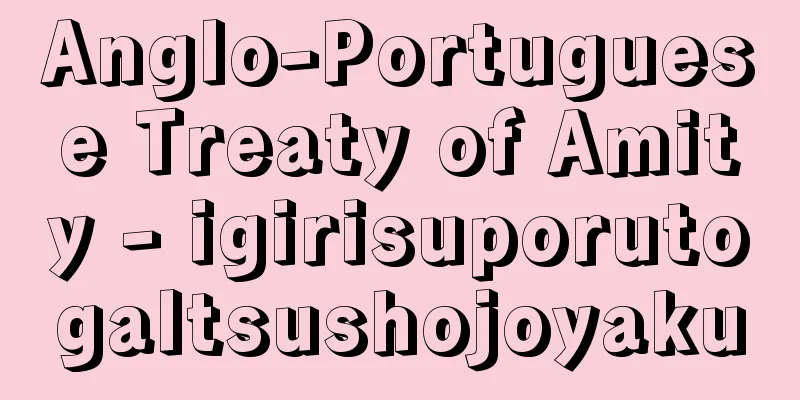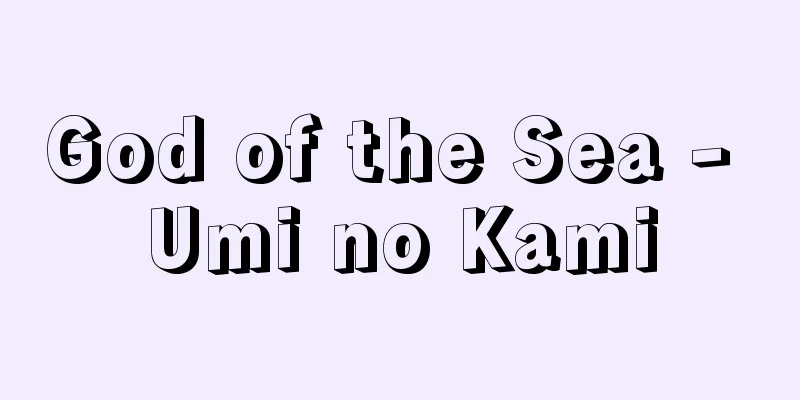Kushiro-unsen

|
Year of death: Bunka 8.11.16 (1811.12.31) Year of birth: 1759 A Southern painter from the late Edo period. His given name was Ju. He was commonly known as Bunpei. His pen name was Nakafu. He was also known by the names Unsen, Daiju, and Rokuseki. He was from Shimabara, Hizen (Nagasaki Prefecture). As a child, he visited Nagasaki with his father and learned Chinese and painting from Chinese people from the Chinese Empire. After his father died, he began a life of travelling around the country. He went to Edo, and in his 30s during the Kansei era (1789-1801), he travelled around the Chugoku and Shikoku regions, mainly in Bitchu and Bizen (Okayama Prefecture). He also visited Kimura Kenkado in Osaka. He later lived in Edo. He had connections with people in the arts and literature, such as Unno Seisai, Kaibo Seiryo, Kameda Bosai, and Okubo Shibutsu. After Bunka 3 (1806), he often visited Echigo (Niigata Prefecture), and died in Echigo Izumozaki. He is said to have had a strong literary consciousness, saying, "If there are laypeople in the room, I will glare at them and not respond," and "If someone calls me an artist, I will look them down and not respond," but in reality he must have made a living as a painter. His works vary in style, but his young paintings from the Kansei era are recommended for their fresh style. His representative works include "Bamboo in the Wind" (private collection) and "Autumn Fukae Kaku Screen" (collection of Nagasaki Prefectural Museum of Art and History). (Koichi Takeda) Source: Asahi Japanese Historical Biography: Asahi Shimbun Publications Inc. About Asahi Japanese Historical Biography |
|
没年:文化8.11.16(1811.12.31) 生年:宝暦9(1759) 江戸後期の南画家。名は就。通称文平。字は仲孚。雲泉,岱就,六石などと号した。肥前島原(長崎県)の人。幼年,父と長崎に遊び,来舶清人について中国語と画を学ぶ。父を亡くしたのち諸国遍歴の生活が始まる。江戸に出,寛政年間(1789~1801)30歳代には備中・備前(岡山県)を中心に中国・四国地方を遊歴。大坂の木村蒹葭堂を訪ねることもあった。その後江戸に居住。海野蠖斎,海保青陵,亀田鵬斎,大窪詩仏など芸文界の人々と交流。文化3(1806)年以降,しばしば越後(新潟県)に遊び,越後出雲崎で客死。「座ニ俗客有レバ則チ睨視シテ言ヲ接セズ」「画人ヲ以テコレヲ呼ベバ白眼視シテ答ヘズ」と伝えられ,文人意識が強かったが,現実には画家として生計を立てていたはずである。作品には様式的な幅があるが,寛政年間の若描きが清新な画風で,推される。代表作は「風竹図」(個人蔵),「秋深江閣図屏風」(長崎県立美術博物館蔵)など。 (武田光一) 出典 朝日日本歴史人物事典:(株)朝日新聞出版朝日日本歴史人物事典について 情報 |
Recommend
Eos - Eos (English spelling) Ēōs
Aurora is the goddess of dawn in Greek mythology....
Arioso (English spelling)
A musical term derived from the Italian recitative...
moon shell
…The shells are used as materials for shell craft...
Sumoto [town] - Sumoto
An old town in the southern part of Amakusa Kamish...
Rice planting ruler - Tauejogi
A wooden agricultural tool used to plant rice seed...
Vocational training school - Shokugyokunrenko
An educational training facility that aims to teac...
praktische Rationalisierung (English) praktische Rationalisierung
According to him, before the emergence of rationa...
Tamrit
…The area is now a completely dry, rugged mountai...
Ikue Azumahito - Ikue Azumahito
Date of birth and death unknown. A local clan lea...
Rice leaf roller - Rice leaf roller
An insect of the Lepidoptera order, Pyralidae fami...
Kineya Kangoro (3rd generation)
[Born] 1815 (Bunsei 12)/1823 (Bunsei 6) [Died] 187...
Iizuna Plateau
…Mount Iizuna has been famous as a sacred place f...
Shaishnaga Dynasty - Shaishnaga-cho (English spelling) Śaiśunāga
A dynasty in the ancient Indian kingdom of Magadha...
Ikai Castle
…In the early modern period, it was the territory...
Waka - Waka
Yamauta means songs unique to Japan, but the conc...









